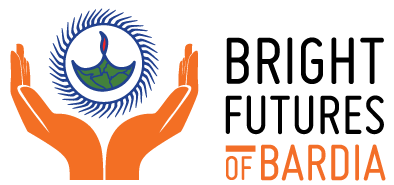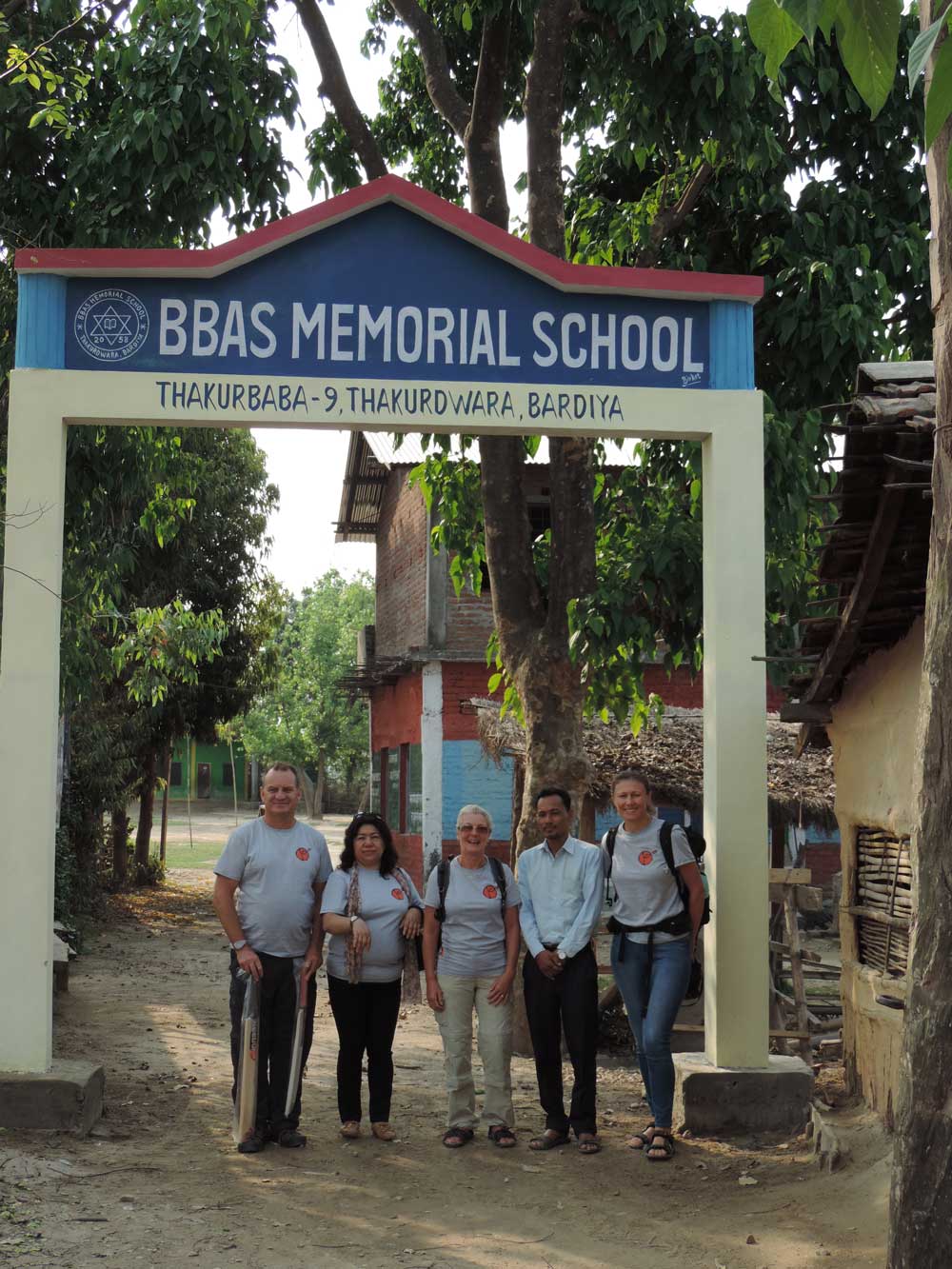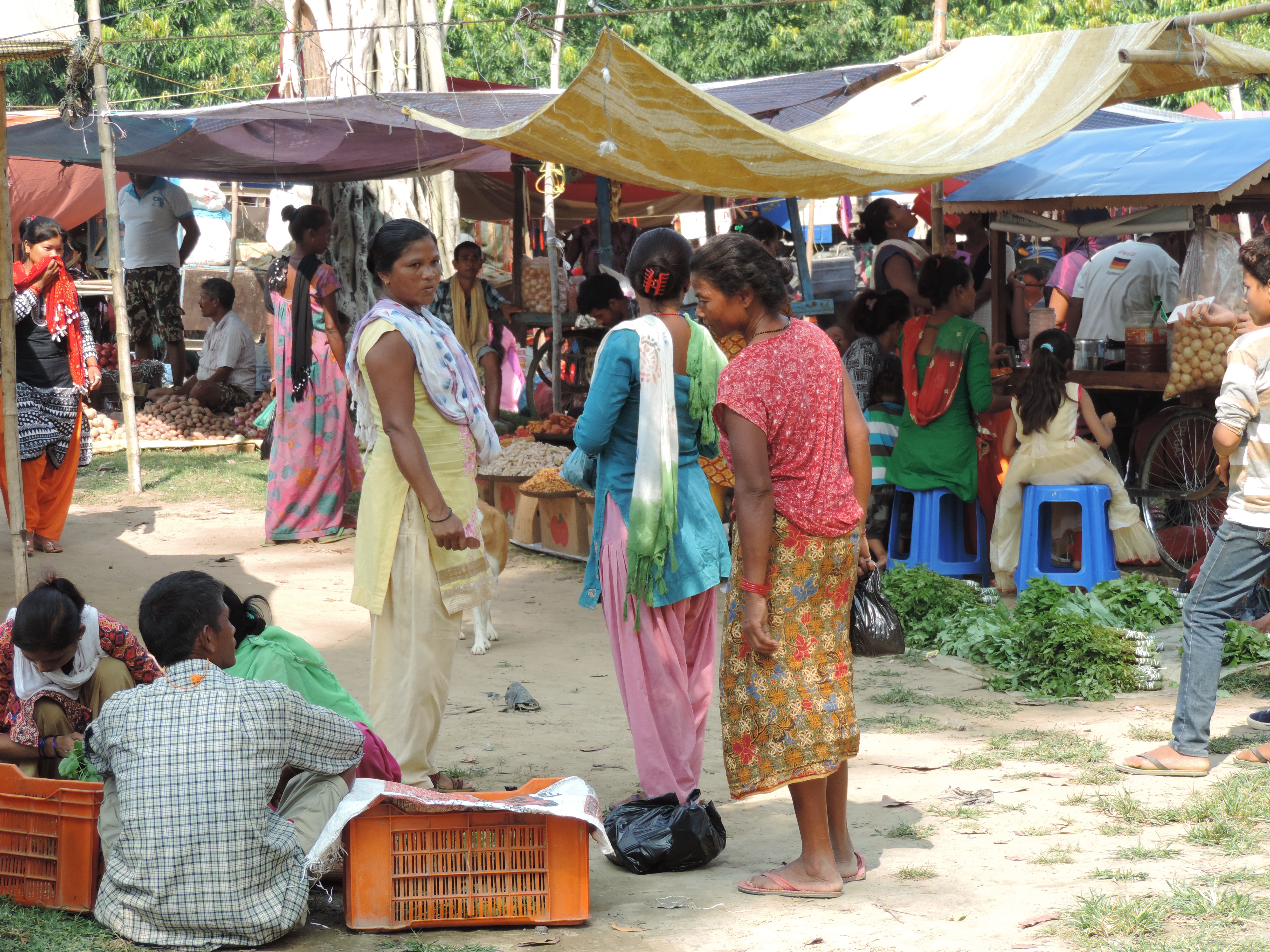About Bardia Memorial School
The principal and his father have already done a wonderful job in getting the school started (in 2000) with the help of an Australian actor who initially funded the first school buildings and worked together with the Khadka family in the early days to create the first opportunity for local landless children to be educated. The Khadka family have been carrying this on for over 18 years.
Bardia Memorial School is situated at the gates of Bardia National Park, in far Western Nepal. The school has grown from 50 students (starting in their family home) to 553 students. Schooling is currently offered from Kindergarten to Year 10. The majority of school rooms are still made of dirt and bamboo with no floor. The facilities are extremely basic and sanitation is almost non-existent.
The school has been carried out its operations, despite not being the recipient of any major international aid. They have proven their dedication and capacity to provide and sustain an educational facility for the community and, therefore, the on-going project is both sustainable and viable. The school is operated on a non-political and non-profit basis. It has been providing free education to the “landless” families whose children would otherwise not be able to attend school at all.
It is the only school in the region that uses English as the principle language of learning, opening up further opportunities in tourism to the students. The school is registered in the District Education Office of Bardia and is affiliated with the social welfare organisation in education, Nepal.






